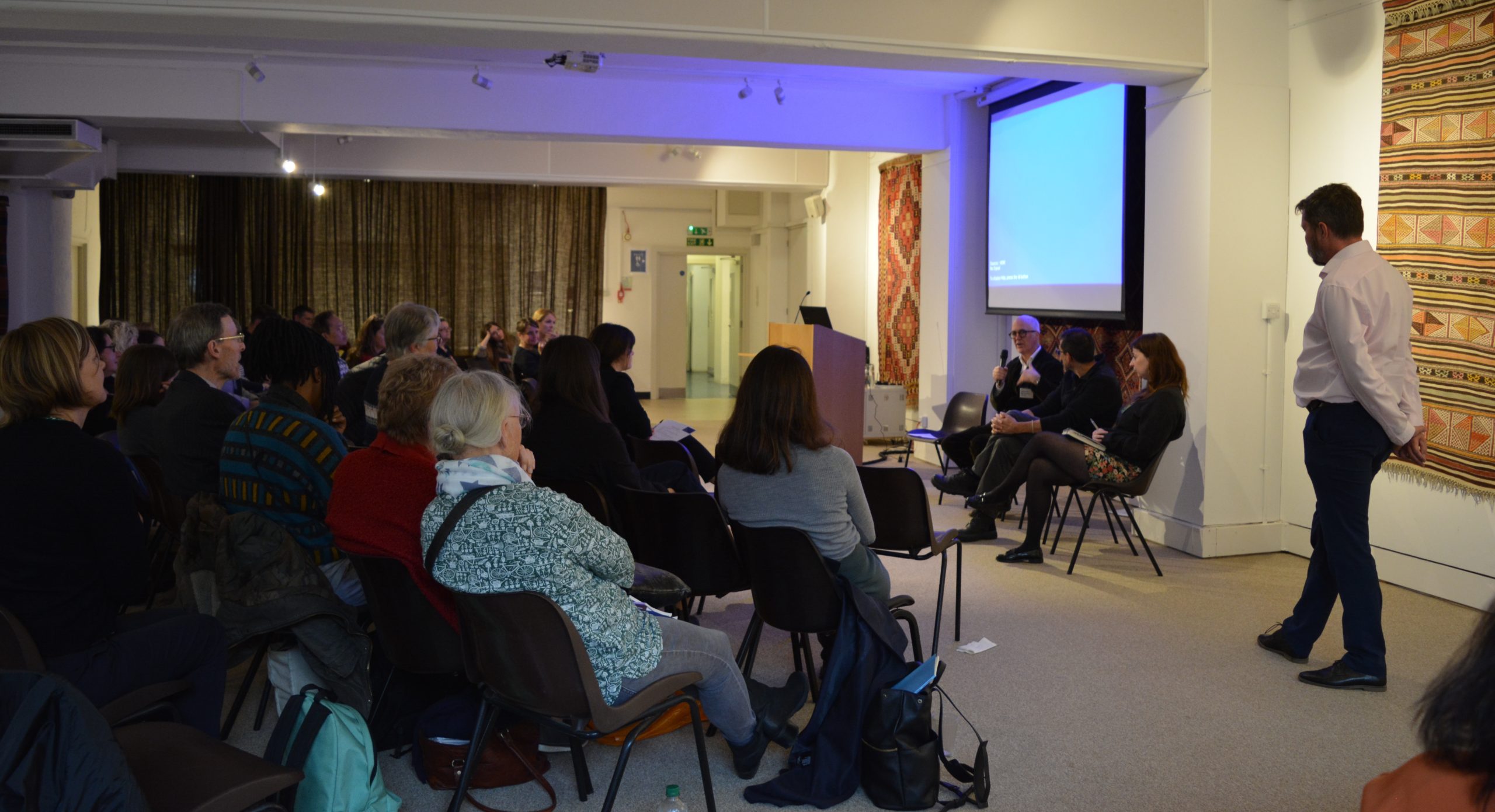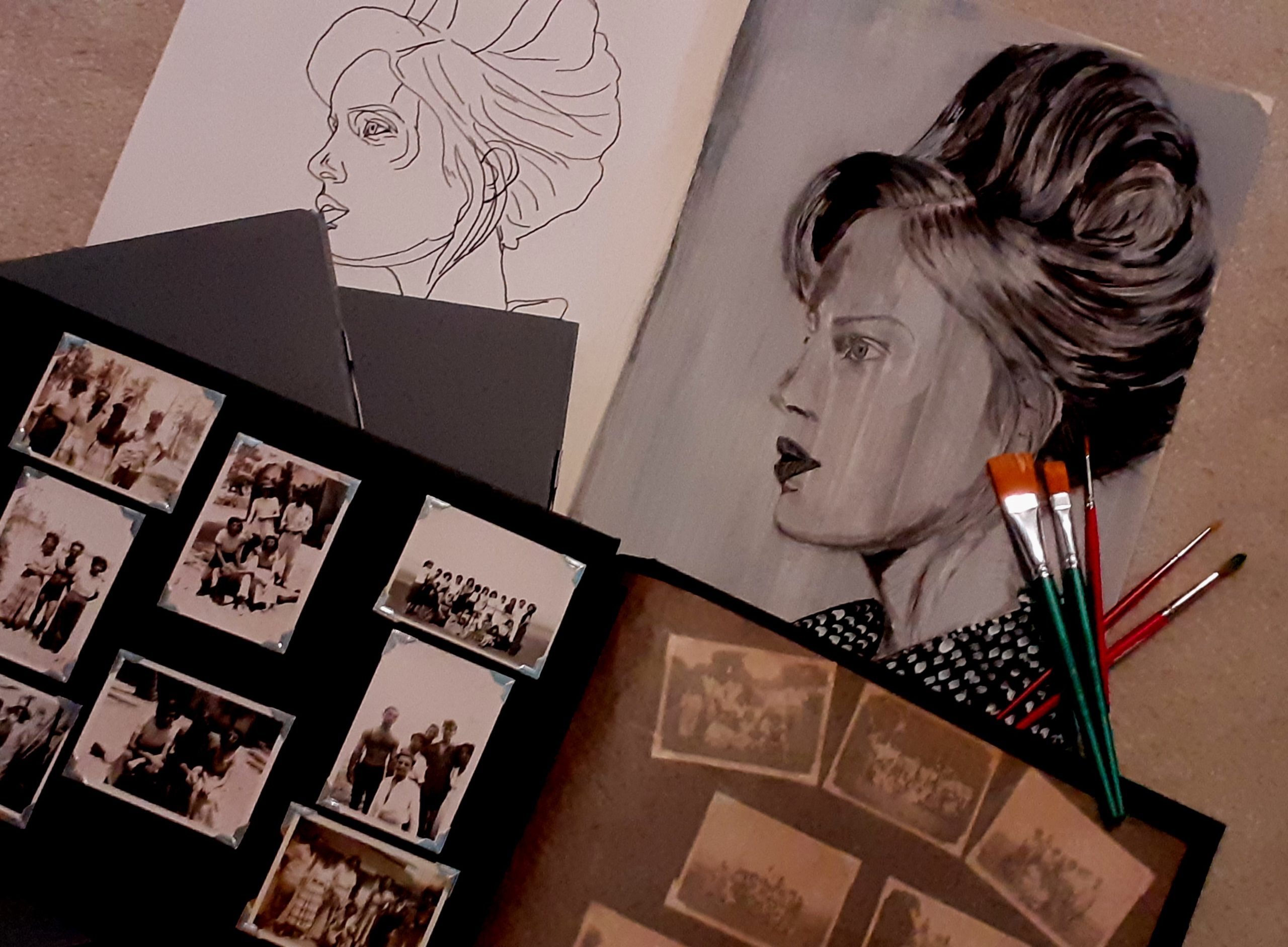by Jessye Persse, Library, Information and Archive Assistant, Stockport Council
Photographs by BRA Secretary Amanda Engineer
As an artist and graduate of an Illustration degree – who is also currently undertaking an apprenticeship in Library, Information and Archive Services at Stockport Local Heritage Library – I was immediately drawn to the Creative Encounters conference as it combined both of my worlds. I was fortunate enough to attend after submitting a written application for a free place from the British Records Association, organisers of the conference.
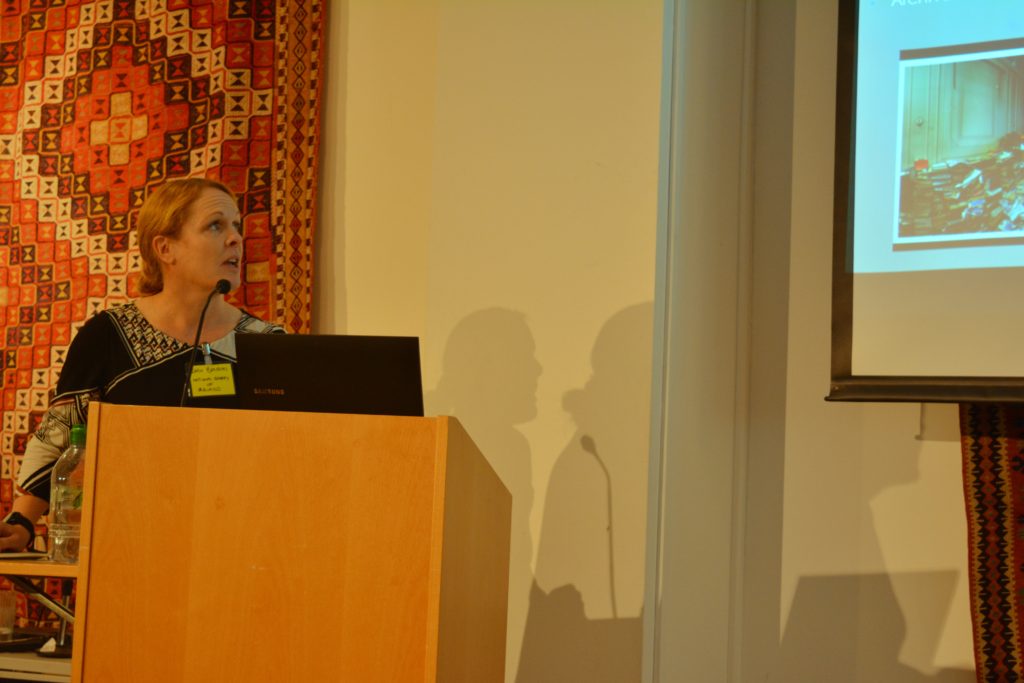
The first speaker of the day was Leah Benson, Archivist for the National Gallery of Ireland. She discussed the Denis Mahon Archives; an enormous collection created by the art collector and historian, taking up almost an entire townhouse in London. It was boxed up and brought to Ireland by the archivists themselves after Denis donated it, and includes artworks (mostly Italian Baroque art), books, letters and extensive research into the artworks and their history. The amount of work and care that has gone into collecting, cataloguing and preserving this archive is a testament to both the staff of the National Gallery of Ireland, and to Denis Mahon for his valuable contribution to the art world.
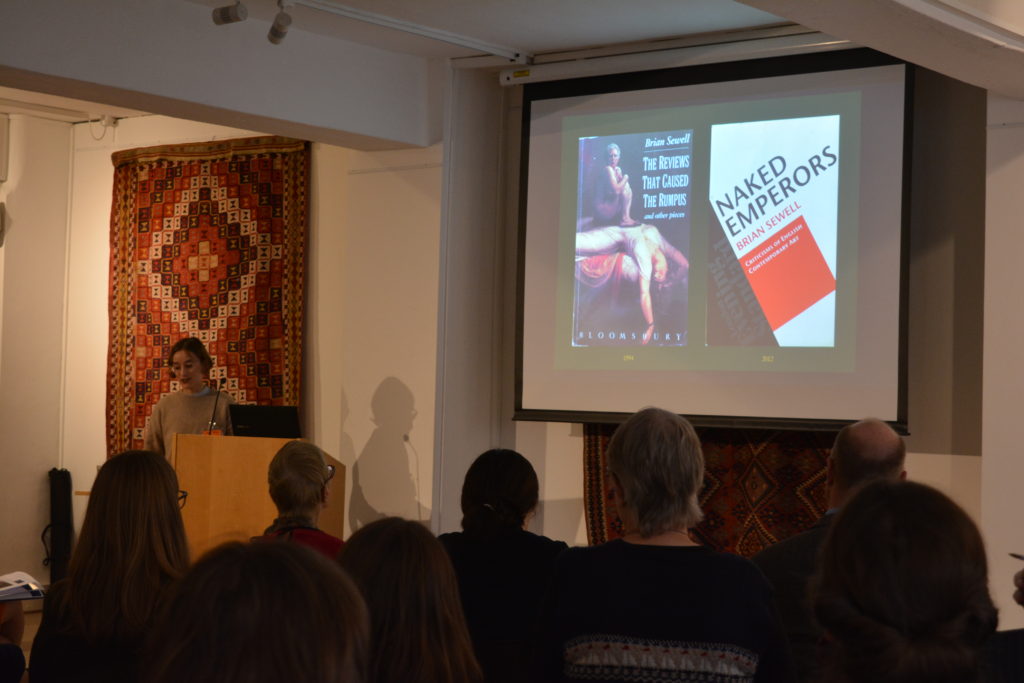
Next were Archivist and Records Manager Charlotte Brunskill and Archives and Library Fellow Chloe Julius of the Paul Mellon Centre, who spoke about the archive of art historian and critic Brian Sewell. Throughout his career, Sewell was involved in many controversies and was known for giving cutting reviews in his Evening Standard newspaper column. When asked by an attendee if this posed a challenge in having his archive open to the public, Charlotte explained that it didn’t, as Sewell’s opinions were already available to the public through his column and books. I found this discussion around censorship and the closure of records to be really important, particularly when working with the archives involving contemporary people.

The last morning session was by Collections Development Archivist Elena Carter and Conservator Stefania Signorello of the Wellcome Collection. They shared the deeply emotive archive of artist Audrey Amiss; a significant and varied collection of artworks, sketchbooks, photo albums, logbooks and more. This posed unique challenges for the team. For example, many of Audrey’s scrapbooks contained food or food packaging which required a creative conservation solution from Stefania accounting for any pest control challenges. It was very moving to see that Audrey’s original order and dating had been preserved in the cataloguing done by Elena. It was hard not to feel the level of care and responsibility that Elena and Stefania felt for both Audrey and her collection, which led me to think about the idea of getting to know someone that you have never met through their archives. Throughout this talk, there were also discussions around mental health, as this is a strong theme throughout Audrey’s artwork and life, and the speakers were very sensitive in ensuring that they were always using Audrey’s own words when highlighting this.
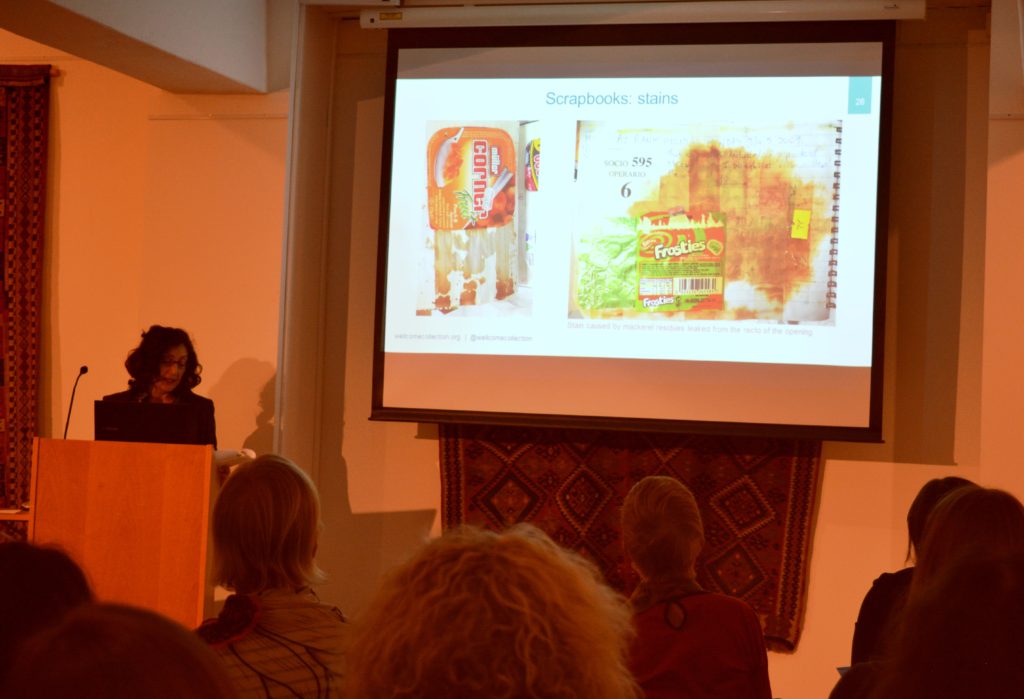
After the lunch break, Mark Pomeroy, Archivist at the Royal Academy of Arts, gave us an insight into the life of artist Sir Thomas Lawrence, a self-taught child prodigy who became president of the Royal Academy in the early 19th century. This speaker gave more of a biographical discussion of Lawrence’s life and how this is told through his archives. He touched on the importance of the collection in telling the story of Lawrence’s life, and how there are missing records from the years before Lawrence moved to his final address, leading to gaps in their knowledge of him. He also emphasised the recurring theme of how you can get to know someone you have never met through studying their archives.
Dr Giorgia Bottinelli, Curator of Historic Art at Norwich Castle Museum & Art Gallery spoke about John Crome, an artist of the same era as Sir Thomas Lawrence but of a very different character. Crome was a teacher and landscape painter who lived in Norwich and exhibited artworks in London. This talk was mostly a biographical discussion about Crome. However, there was a particularly interesting anecdote about the ingenious way that she was able to date an artwork of Crome’s. This was done by researching elements of the painting, such as the unusual colours of leaves on a tree, which was only present after particularly hot summers. By looking at records of temperatures in the timespan that it could have been painted, the date could be narrowed down to one year. Stories like this highlight the importance of preserving records for future generations to learn from.
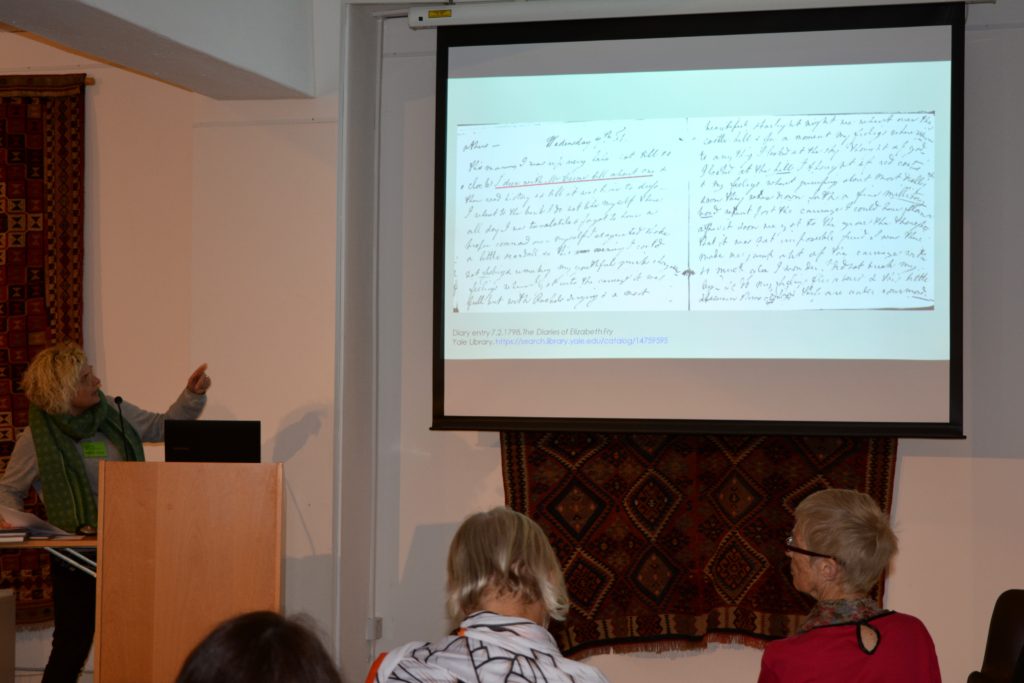
Next was Freelance Archive Consultant Victoria Lane who spoke of her experiences working with contemporary artists on their archives. She outlined the challenges of this, as artists often see only their actual artwork as the archive and not the records, journals and letters they produce. Yet these records tell the story of an artwork’s creation and the artist’s life. Artists may want their archives to be arranged in a way that goes against archival best practice too. However, Victoria stated the benefits of working with creators is that they can provide context to why particular items have been kept or arranged in unusual ways. I found Victoria’s knowledge and expertise in this area to be very helpful for my own role, where it can often be challenging to decipher the original orders of archival donations.
After a tea break, there were three shorter presentations, posing the question ‘If it exists at all, where does the boundary between art and document lie?’ The first was by was by Artist and Researcher Michael Takeo Magruder, who shared his artwork which was created using archives, and shows how they can interact with digital technology. The second presentation was by Archivist and Researcher Sarah Haylett, who discussed the overlap between art and archives, with a particular focus on oral histories. Sir Charles Saumarez Smith, Chairman of the Royal Drawing School presented last and discussed the idea of keeping the different elements of an archive together as opposed to separating them.

I would strongly encourage those working or interested in the archive or records management fields to attend future conferences hosted by the BRA, as this conference was of a high professional standard, with speakers from esteemed institutions and organisations that have inspired my way of thinking within my own practice.
